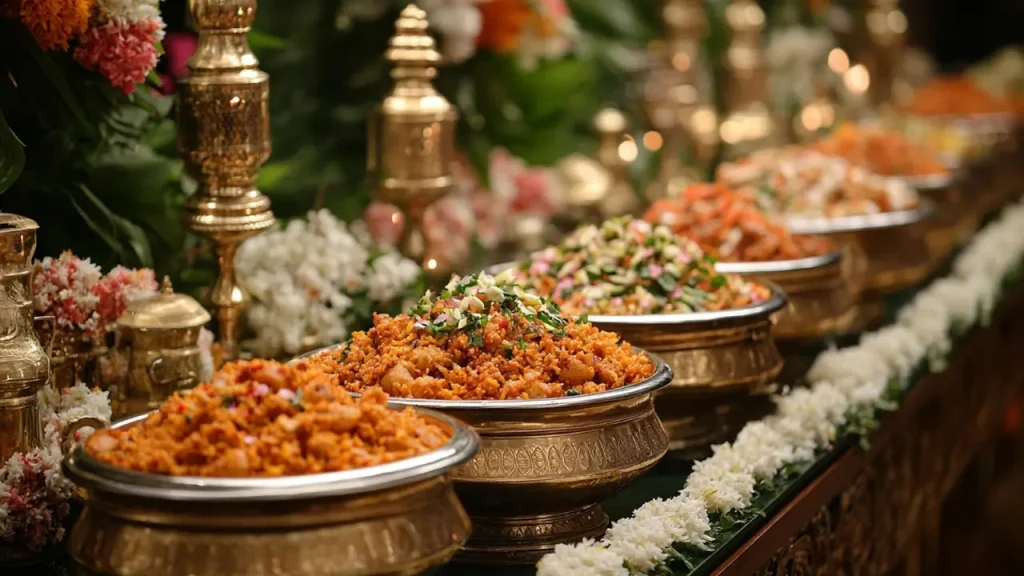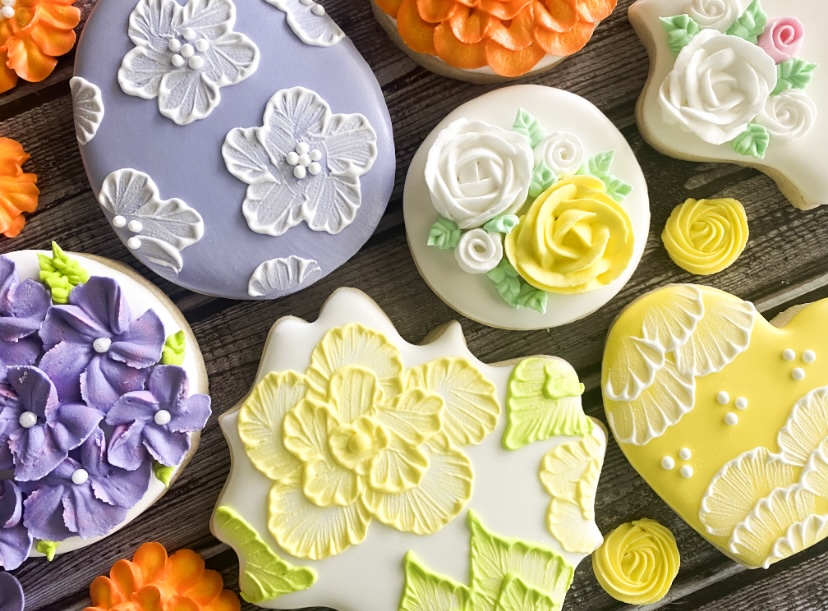Introduction
Knives are important tools in every kitchen, whether at home or in a restaurant. They are used to cut, slice, and prepare many kinds of food. Because knives come in direct contact with food, it is extremely vital to keep them clean and sanitised. This helps prevent the spread of harmful bacteria and keeps food safe to eat. In this article, we will explain when a knife must be cleaned and sanitised, how to do it properly, and why it is so important.
What Is the Difference Between Cleaning and Sanitising?
Cleaning means using soap and water to remove dirt, food bits, and grease from the knife. A Matsato Knife Set should be properly maintained—sanitising is the next step. It means using heat or special chemicals to kill any germs that might still be on the knife after it has been cleaned.
When Should You Clean and Sanitise a Knife?
1. Before and After Preparing Food
Always clean and sanitise your knife before use, especially if it’s been sitting out. Clean and sanitise it after cutting any food, especially raw meat, fish, or eggs, since these can carry harmful bacteria like Salmonella or E. coli.
2. Between Different Foods
If you are cutting different types of food, such as meat and vegetables, the knife must be cleaned and sanitised between uses. This prevents cross-contamination, which happens when germs from one food spread to another. For example, if you use the same knife to cut raw chicken and then cut lettuce without cleaning it, you could make someone sick.
3. After the Knife Falls or Touches an Unclean Surface
If the knife falls on the floor or touches a dirty countertop or sink, it must be cleaned and sanitised before using it again. The surface might look clean, but it can still have hidden germs you can’t see.
4. After Extended Use
Even if you are using the knife on the same type of food for a long time, it is still important to clean and sanitise it regularly. This helps remove any bacteria that may have built up over time.
How to Clean and Sanitise a Knife
1. Wash the knife with warm water and dish soap. Scrub both sides of the blade and the handle using a sponge or brush.
2. Rinse the knife well with clean water to remove any leftover soap.
3. Sanitise the knife. You can dip it in a solution of water and food-safe sanitiser, or soak it in hot water (at least 77°C or 170°F) for 30 seconds.
4. You can dry the knife with a clean towel or just let it air dry.
Conclusion
Cleaning and sanitising a knife is not just about keeping it looking good—it’s about keeping food safe and healthy. You must clean and sanitise a knife before and after use, between different foods, after it falls, and after long use. By following these simple steps, you can avoid food poisoning and help maintain a clean kitchen. Remember, a clean knife keeps you safe.







